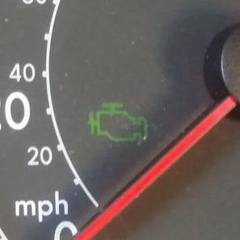A-Waze-ing Directions - New algorithm from Toshiba 10x faster at finding the best solution
-
Topics
-
moondogkill ·
Posted in Cooling0 -
1
-
snaphappy7530 ·
Posted in Troubleshooting3 -
JanS0lo ·
Posted in Troubleshooting0 -
3
-
CB1608 ·
Posted in Troubleshooting1 -
3
-
3
-
Enderfox ·
Posted in General Discussion0 -
Nicolas Bossus ·
Posted in Troubleshooting4
-
-
play_circle_filled

Latest From Linus Tech Tips:
Every Monitor Fails This Test… Except One - Sun Vision rE rLCD Display
-
play_circle_filled

Latest From ShortCircuit:
The World's Fastest CPU (Technically...) - Intel i9-14900KS


.png.255947720031a641abdac78e663b681c.png)










Create an account or sign in to comment
You need to be a member in order to leave a comment
Create an account
Sign up for a new account in our community. It's easy!
Register a new accountSign in
Already have an account? Sign in here.
Sign In Now